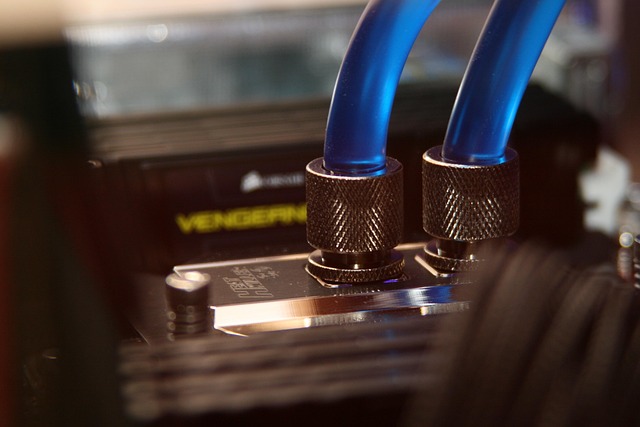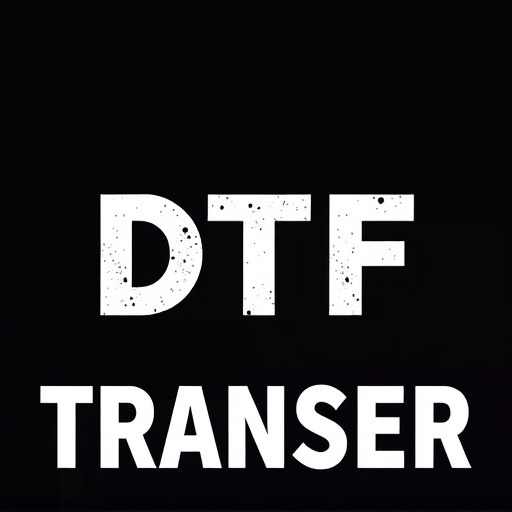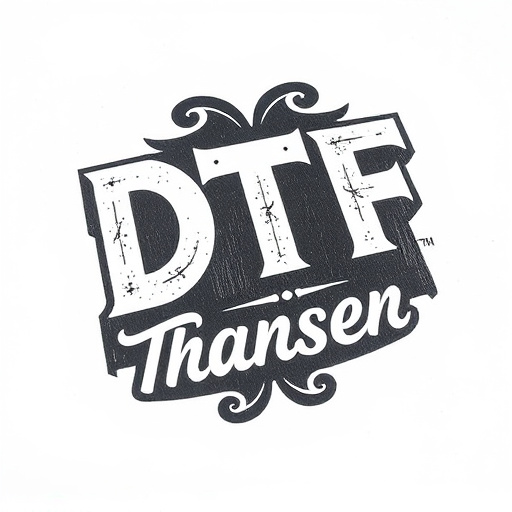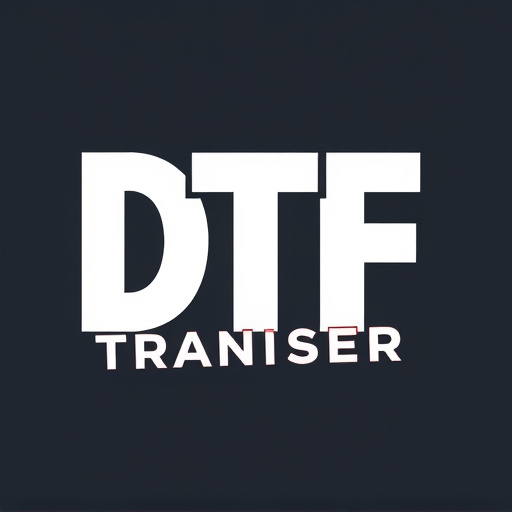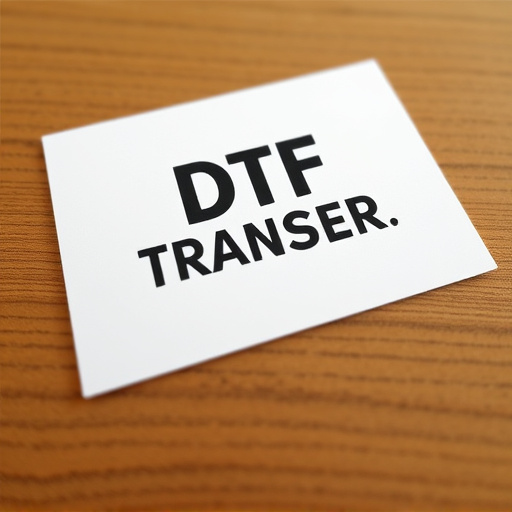Direct-to-Film (DTF) technology is revolutionizing art reproduction with high-quality, custom prints on vinyl and polyester. To start a successful DTF transfer company, conduct market research to identify unique niches like eco-friendly or detailed transfers. Set up a dedicated workspace with specialized equipment and essential supplies for efficient printing. Invest in top-tier technology, tailored software, and proper workspace organization for exceptional prints and customer satisfaction. Promote your services through SEO, social media, and online communities. Navigate legalities by understanding copyright laws, crafting clear contracts, and considering insurance to protect against disputes and risks.
Starting your own direct-to-film (DTF) transfer company offers an exciting path in the growing print-on-demand industry. This comprehensive guide is designed to lead you through establishing a successful DTF enterprise. From understanding the fundamentals of DTF printing and identifying your niche market, to setting up infrastructure, acquiring necessary equipment, and implementing effective marketing strategies, we’ll explore each step crucial for thriving in this dynamic sector. Uncover the secrets to creating high-quality DTF prints, navigating legalities, and building a solid foundation for your venture.
- Understanding Direct-to-Film Transfer (DTF): A Brief Overview
- Market Research and Niche Identification for Your DTF Company
- Setting Up the Physical Infrastructure for DTF Printing
- Equipment and Technology: The Heart of Your DTF Transfer Business
- Marketing Strategies to Promote Your DTF Services
- Legal Considerations and Building a Strong Foundation for Your DTF Company
Understanding Direct-to-Film Transfer (DTF): A Brief Overview

Direct-to-Film Transfer (DTF) is a cutting-edge technology that allows for the creation and printing of high-quality images directly onto various film surfaces, such as vinyl or polyester. This innovative process has revolutionized the way we reproduce art, graphics, and designs, offering a unique and versatile alternative to traditional printing methods. DTF Transfer involves a precise and intricate procedure where a digital design is transferred onto a film sheet using specialized equipment, ensuring an exact replica of the original artwork.
With DTF Printing, businesses and artists can produce custom prints with vibrant colors, sharp details, and exceptional durability. This technology is particularly popular in the signage, advertising, and promotional products industries, enabling quick turnaround times and personalized creations. The direct application of designs onto film makes DTF Transfers highly sought after for creating visually stunning displays, pop-up banners, and even fashion accessories, offering a dynamic and modern approach to product customization.
Market Research and Niche Identification for Your DTF Company
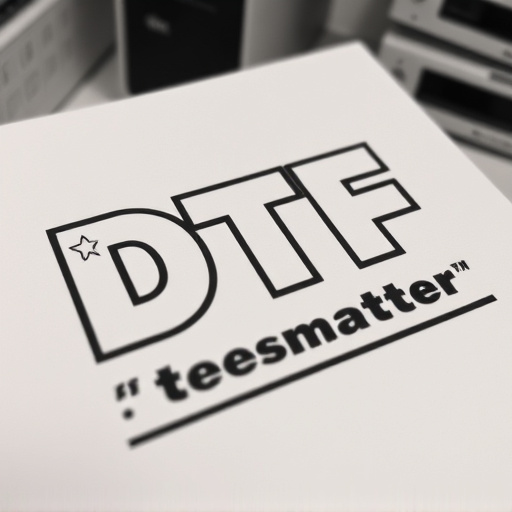
Before launching your direct-to-film (DTF) transfer company, conducting thorough market research and identifying a unique niche is paramount. This process involves understanding the current demand for DTF prints, analyzing competitors in the space, and pinpointing specific customer segments that could benefit from your services. By studying industry trends, you can uncover gaps in the market, such as a lack of specialized DTF transfers for certain types of clothing or materials.
Niche identification allows you to position your company as an expert in a particular area. For example, focusing on eco-friendly DTF prints for sustainable fashion brands or developing advanced techniques for high-quality, detailed designs. This strategic approach ensures that your DTF transfer business stands out and caters to the unique needs of its target audience, ultimately driving success in a competitive market.
Setting Up the Physical Infrastructure for DTF Printing
Setting up the physical infrastructure for Direct-to-Film (DTF) printing involves creating a dedicated workspace equipped with specialized equipment. This includes acquiring high-quality DTF printers, which use inkjet technology to apply designs directly onto various materials like fabric, wood, or metal. The workspace should also include a cutting table for precision trimming and preparation of the substrate before printing.
Additionally, you’ll need a well-lit, clean area with ample counter space for material storage, printing setup, and post-processing. Ensure proper ventilation, as DTF printing involves handling inks and solvents. Stock up on essential supplies such as compatible ink cartridges, print media (film or blank substrates), and cleaning solutions recommended by the printer manufacturer. This solid foundation will enable you to produce high-quality DTF prints efficiently.
Equipment and Technology: The Heart of Your DTF Transfer Business
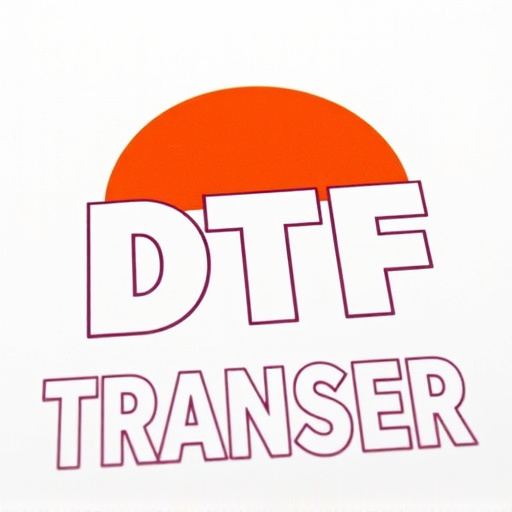
In the realm of direct-to-film (DTF) transfers, the right equipment and technology are your most potent tools for success. Invest in state-of-the-art DTF printers capable of delivering precise, high-resolution prints on a variety of materials. These machines form the backbone of your operation, enabling you to offer diverse services from custom apparel to promotional items. Beyond printing, consider software solutions tailored for DTF businesses. These tools streamline design, order management, and inventory tracking, enhancing efficiency and customer satisfaction.
A robust DTF transfer company also requires a well-equipped workspace. This includes storage areas for raw materials, finished products, and spare parts. Ensure proper ventilation and lighting to facilitate seamless production processes. Additionally, implement safety measures to protect employees and equipment from damage or harm. By prioritizing these technological and logistical aspects, you lay the foundation for delivering exceptional DTF prints and fostering a thriving business in this dynamic industry.
Marketing Strategies to Promote Your DTF Services
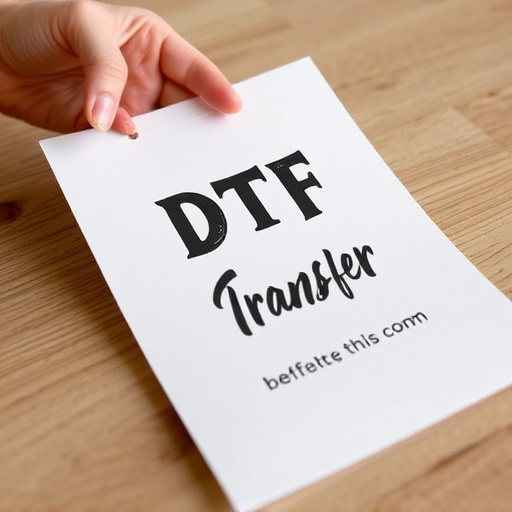
Promoting your direct-to-film (DTF) transfer services is crucial for attracting clients and establishing a strong market presence. One effective strategy is to leverage online platforms, such as search engine optimization (SEO), to ensure potential customers find your business when searching for DTF transfer or DTF printing services. Optimize your website content by incorporating relevant keywords like DTF transfer, DTF prints, and DTF printing to enhance visibility on search engines.
Additionally, consider utilizing social media marketing to showcase the quality of your DTF prints and unique selling points. Share high-quality images and videos of your work, highlighting the vibrant colors and intricate details that set your company apart. Engage with potential clients by joining relevant online communities and forums where discussions around DTF transfer and printing take place. This approach will help establish your brand as an expert in the field while driving targeted traffic to your business.
Legal Considerations and Building a Strong Foundation for Your DTF Company
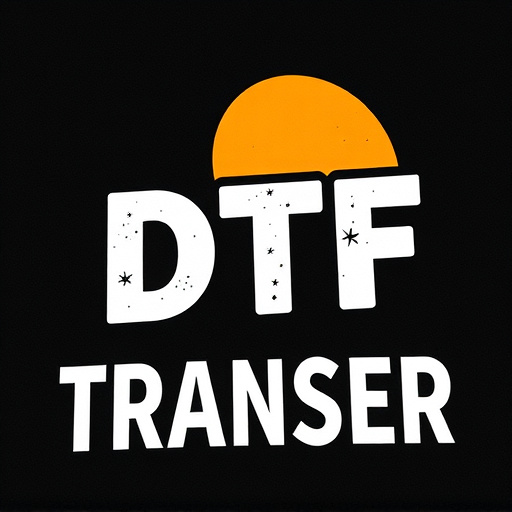
Establishing a direct-to-film (DTF) transfer company involves more than just setting up equipment and hiring staff; it’s crucial to navigate the legal landscape to ensure your business operates smoothly within regulatory frameworks. The first step is understanding copyright laws, as DTF printing often deals with transferring designs from digital formats to physical media, which can trigger intellectual property considerations. You must have clear rights or licenses for any designs you reproduce to avoid legal issues down the line.
Building a strong foundation includes crafting robust contracts that outline terms and conditions for clients, detailing their responsibilities in providing designs, your commitment to quality, and warranties for final prints. Additionally, consider insurance options to protect your business from potential risks associated with equipment failure, property damage, or liability claims related to your services. A solid legal and contractual framework will not only safeguard your interests but also enhance your company’s credibility in the DTF printing industry.
